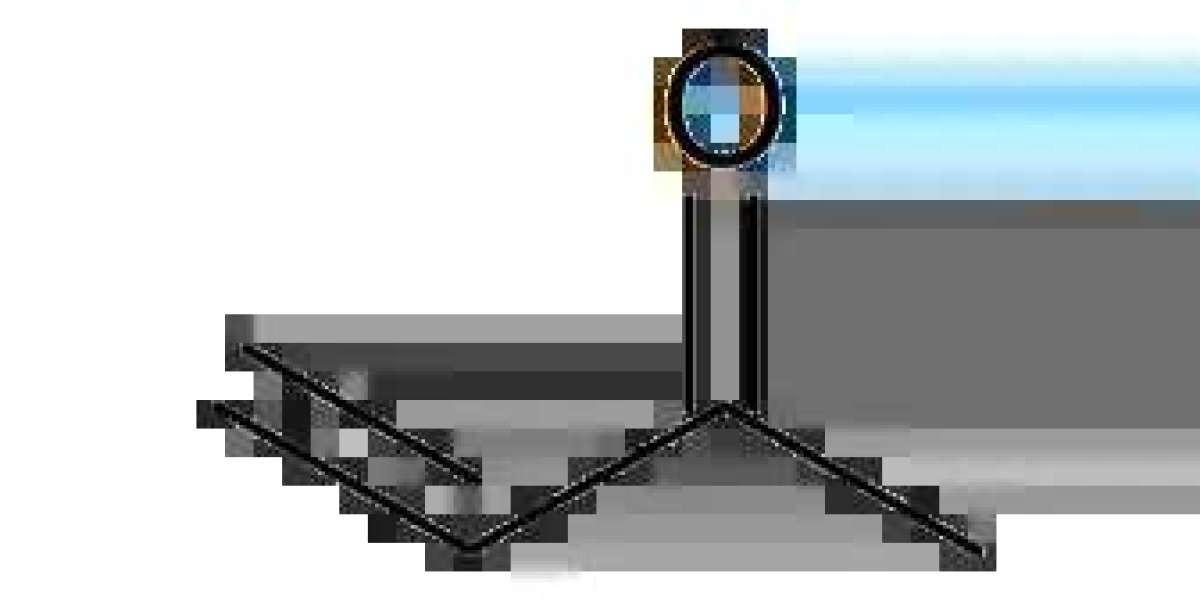Introduction to Methyl Vinyl Ketone
Methyl Vinyl Ketone (MVK), also known as vinyl methyl ketone, is an organic compound with the chemical formula C4H6O. It is a highly reactive enone used in various industrial applications, particularly in chemical synthesis and polymer production. Due to its high reactivity, MVK serves as a crucial intermediate in several organic transformations.
Chemical and Physical Properties of Methyl Vinyl Ketone
MVK is a colorless liquid with a sharp, pungent odor. It is highly soluble in organic solvents such as ethanol and ether but has limited solubility in water. Some key physical properties include:
Molecular weight: 70.09 g/mol
Boiling point: 81°C
Density: 0.840 g/cm³
Flashpoint: -6°C (highly flammable)
Reactivity: Highly reactive due to the presence of an alpha, beta-unsaturated ketone group
Synthesis of Methyl Vinyl Ketone
Industrially, methyl vinyl ketone is synthesized via the dehydrogenation of methyl isobutyl ketone (MIBK) or through the oxidation of butene in the presence of catalysts. Laboratory synthesis often involves Aldol condensation followed by dehydration reactions to yield MVK efficiently.
Applications of Methyl Vinyl Ketone
Use in Chemical Synthesis
MVK is a versatile reagent in organic synthesis, often used to introduce functional groups into larger molecules. It serves as a precursor in the production of pharmaceuticals, agrochemicals, and fine chemicals.
Polymer Industry Applications
Due to its reactive nature, MVK is used in polymerization reactions to manufacture resins, adhesives, and coatings. It enhances the performance of polymers by providing cross-linking capabilities.
Agrochemical and Pharmaceutical Uses
In the agrochemical sector, MVK is a key ingredient in the synthesis of pesticides and herbicides. It also plays a role in drug development, particularly in creating anti-inflammatory and antimicrobial agents.
Sulfur trioxide pyridine complex is commonly used as a mild sulfonating agent in organic synthesis.
Safety and Handling of Methyl Vinyl Ketone
Health Hazards and Toxicity
MVK is toxic and poses health risks upon exposure. It can cause respiratory irritation, skin burns, and severe eye damage. Long-term exposure may result in neurological issues.
Storage and Handling Guidelines
Store in tightly sealed containers away from heat and open flames.
Use appropriate personal protective equipment (PPE) when handling MVK.
Ensure proper ventilation in storage and working areas.
Environmental Impact and Disposal
MVK is hazardous to aquatic life and should not be released into the environment. It must be disposed of according to hazardous waste regulations, preferably via controlled incineration.
Regulations and Compliance for Methyl Vinyl Ketone
Governments worldwide regulate MVK due to its toxicity and flammability. Some important guidelines include:
OSHA (Occupational Safety and Health Administration): Sets exposure limits for workers.
EPA (Environmental Protection Agency): Regulates its disposal and environmental impact.
DOT (Department of Transportation): Enforces strict transportation regulations.
Conclusion
Methyl Vinyl Ketone is a vital industrial chemical with applications ranging from organic synthesis to polymer production. However, its high reactivity and toxicity necessitate strict safety and handling procedures. Understanding its properties and regulatory requirements ensures its safe and effective use in industries.
FAQs
What are the primary uses of methyl vinyl ketone?
MVK is used in chemical synthesis, polymer production, pharmaceuticals, and agrochemicals.Is methyl vinyl ketone dangerous to human health?
Yes, MVK is toxic, causing irritation to the skin, eyes, and respiratory system.How is methyl vinyl ketone stored safely?
It should be stored in sealed containers away from heat sources in well-ventilated areas.Can methyl vinyl ketone be used in pharmaceuticals?
Yes, it is used as an intermediate in drug synthesis, particularly in anti-inflammatory and antimicrobial agents.What are the alternatives to methyl vinyl ketone in industrial applications?
Alternatives include other enones like ethyl vinyl ketone and safer synthetic intermediates.



